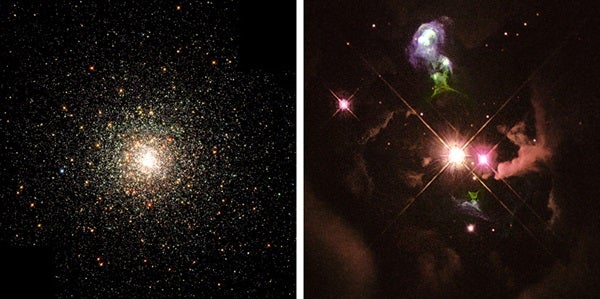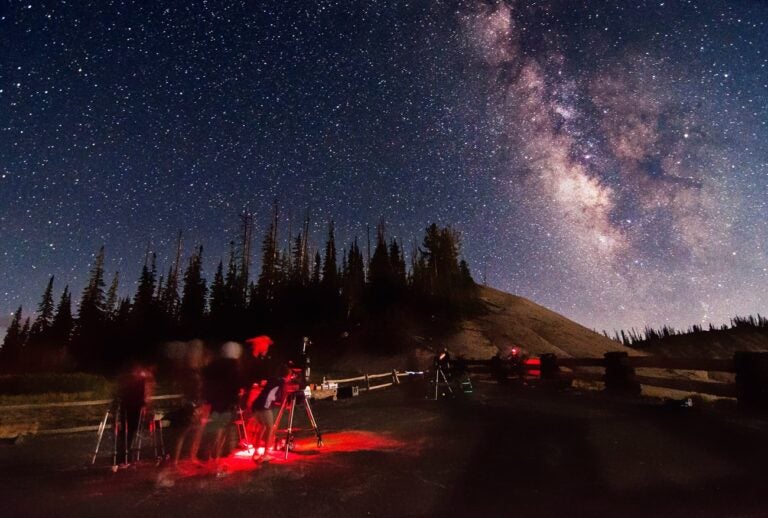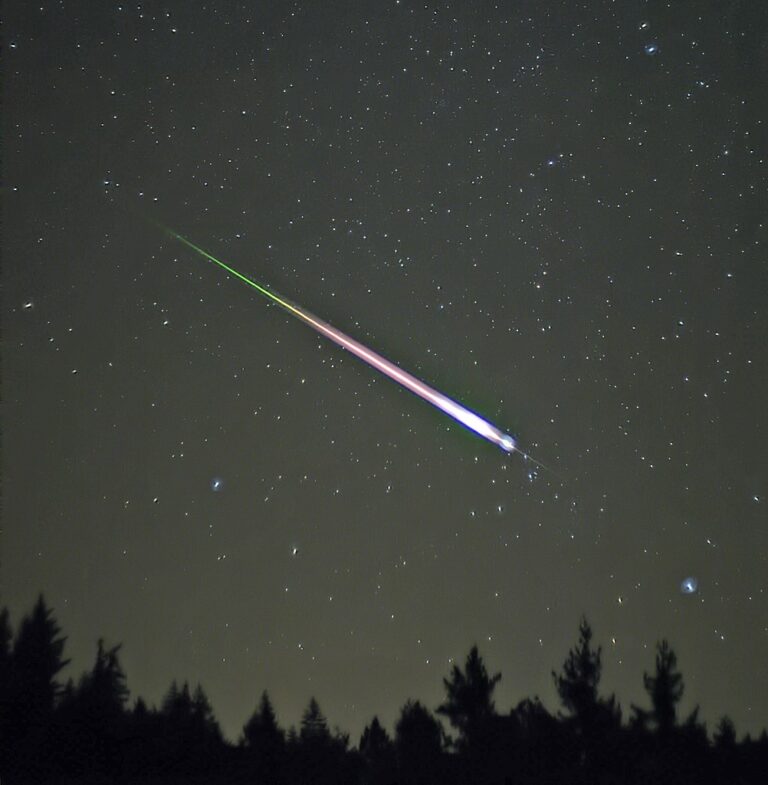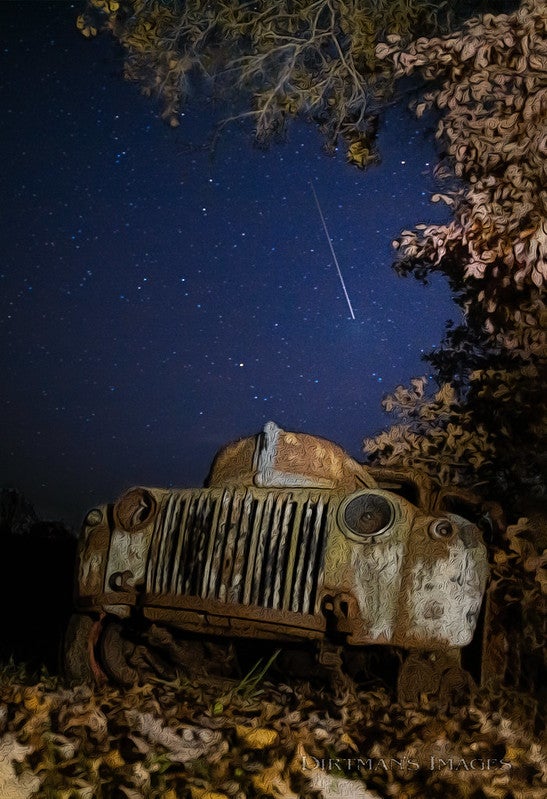Astronomers obtain the most precise age estimate when the star is in a cluster. Main sequence stars are supported by nuclear fusion in their cores. The higher the mass, the faster a star uses its fuel and the shorter its lifetime on the stable main sequence is. By combining theory and observation, we can derive the age of a cluster — and hence the ages of its stars, because they were all born at almost the same time — from the lowest-mass star that is still fusing hydrogen. Higher-mass stars would have already become dying giants and supergiants.
Some cluster stars may even be further along on the evolutionary track, setting into a long, slow decline as compact white dwarfs. The ages of the dimmest, hence oldest, white dwarfs give good results as well (although these objects are more difficult to observe).
When we plot a cluster’s stars on a Hertzsprung-Russell diagram (luminosity versus temperature), we then “age” the cluster by computer analysis to try to replicate the observations. To computationally age a cluster, we must know the cluster’s distance and metal content (which partially controls luminosity and temperature).
While single stars are more difficult to deal with, we can still derive ages (and masses) by locating each star on temperature and luminosity plots (HR diagrams). Because stable main sequence stars change slowly, the results are more approximate than those for stars still forming, or those in the later stages. Once the giant (or supergiant) stages commence, during which time a star changes quickly, ages are more precise.
We can identify newborn stars by observing their surrounding birthplaces. Infant stars emit powerful winds in opposing jets.
Astronomers also look at stellar rotation speeds. Stars rotate fastest when they’re first born. Lower-mass stars, those with outer convection layers (in which the stellar gases rise, radiate and cool, and then fall), generate magnetic fields that are pulled outward by stellar winds. Because the field lines are still anchored at the star, they consequently brake the rotation. The older the star, the slower is its spin, with the rate of decline depending on stellar mass. Because stellar activity (starspots and related effects) depends on rotation speed, it too can give some idea of stellar age.
Convection also has a subtle effect on a star’s chemical composition. Nuclear reactions at relatively low temperatures easily destroy lithium. As convection cycles the outer stellar gases up and down, the amount of lithium declines. Young stars have lots of it; older ones have very little.
While the various methods often give different results, combining them gives astronomers a reasonably good age. The most accurate result is reserved for our star. Radioactive dating (in which we compare the amounts of radioactive isotopes with their final daughter products) of the oldest rocks — meteorites — gives the solar system’s age as 4.6 billion years. Because we have every reason to believe the Sun and planets formed together, the Sun must also be 4.6 billion years old. — JIM KALER, UNIVERSITY OF ILLINOIS, URBANA-CHAMPAIGN










